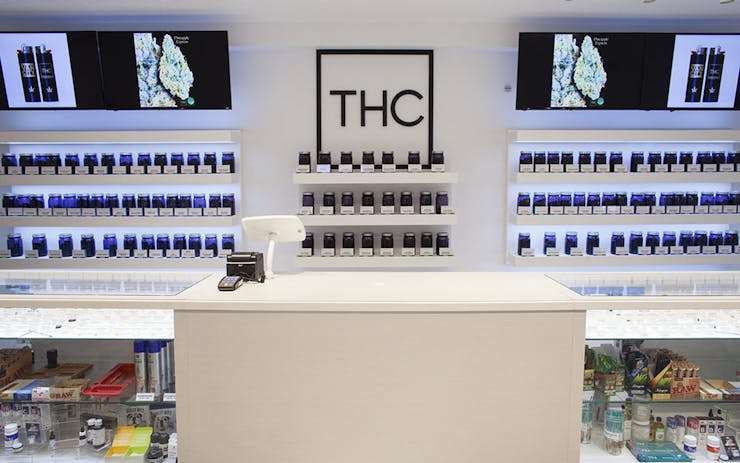As Canada heads to its proposed July 2018 passage of the recreational marijuana-legalizing Cannabis Act, the country remains peppered with illegal-yet-operational cannabis dispensaries, where adults can purchase marijuana products at will. According to a new study by the University of British Columbia, these imperiled dispensaries are beloved fixtures in the lives of Canada’s medical marijuana patients, many of whom prefer procuring their medicine from such unlicensed dispensaries rather than taking the legal mail-order route.
“We know that about 80 per cent of patients use dispensaries, even those who are authorized to buy cannabis legally,” said UBC study leader Rielle Capler to the Indo-Canadian Voice. “So what is interesting is to get some understanding of why. What we found is that patients who use dispensaries are highly satisfied with the services and products that they are getting.”
Among the areas of high customer satisfaction: quality, safety, availability, and efficiency. Less satisfying: dispensary products’ costs. “Cost is still a really important issue for patients,” said Capler. “If they can’t grow it themselves or have somebody grow it for them, they’re going to be getting it from a third party.”
As for the place such dispensaries might find in post-legalization Canada, Capler is cautiously optimistic. “I hope this research can inform that by highlighting the role that dispensaries are currently playing, and the satisfaction that people have with these sources,” said Capler to the Voice. “Provincial regulators will be assessing storefront access, and I do think it would be instructive for them to look at the natural experiment that’s been happening for the past 20 years in Canada with dispensaries and seeing how effective it is, and using that data to inform their decisions. Clearly dispensaries are already playing a big role in cannabis access in Canada. They’ll have to either look at continuing that—licensing them and putting them into a legal framework—or drawing on what’s working and not working in dispensaries as they build a new model.”





